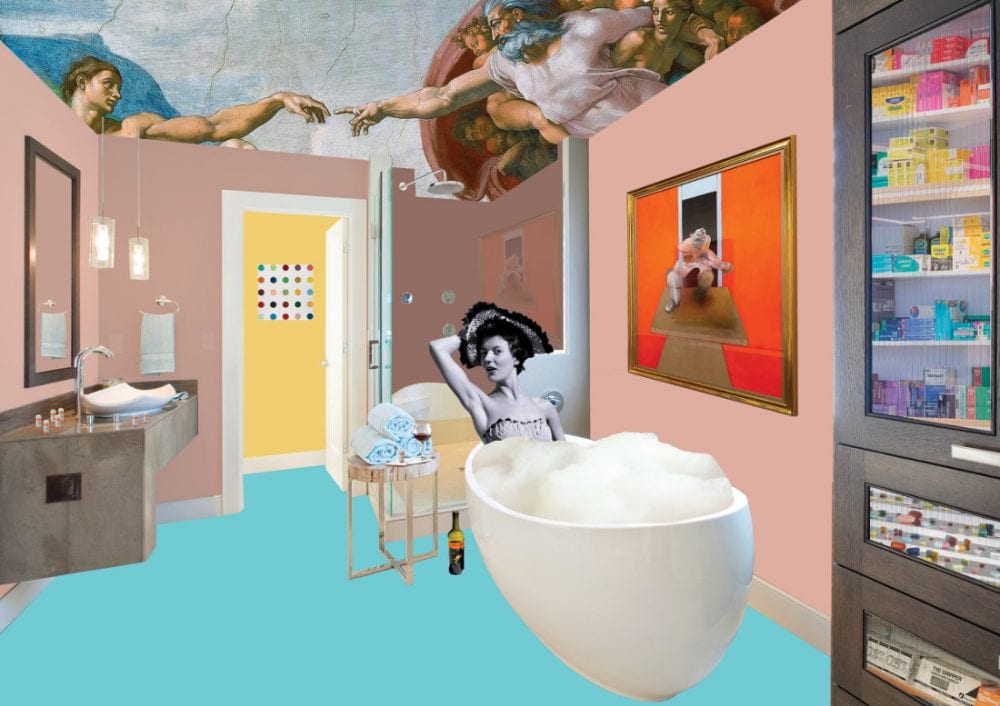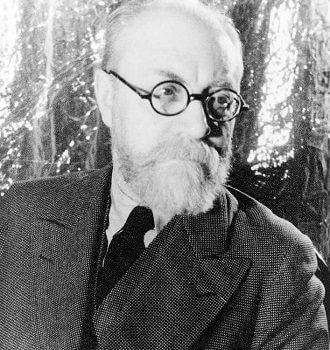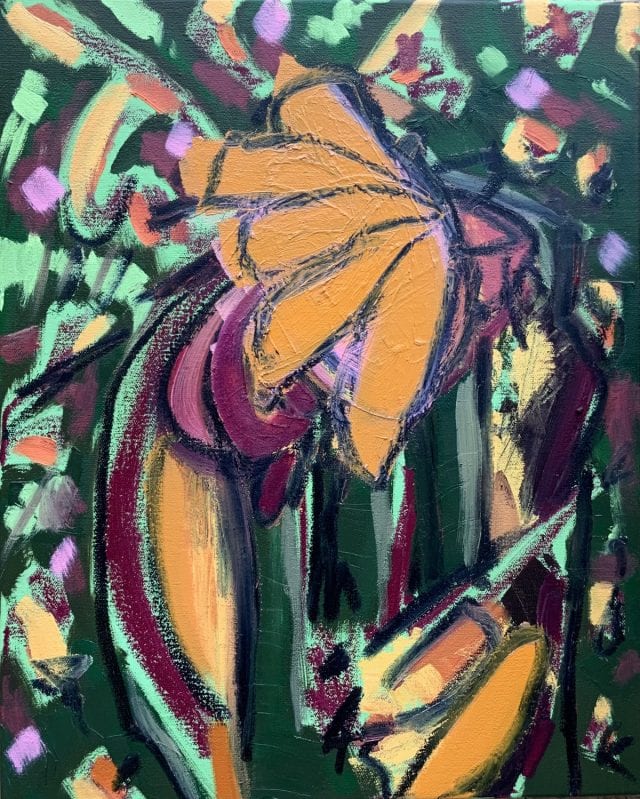Image © Charlie Haydn Taylor
Avoiding the Void: Staying Motivated and Channelling Creativity

This may come as a shocking revelation, but artistic creation isn’t a given. Like anything, it ebbs and flows, and all artists and writers have days – and possibly even weeks or months – when they feel uninspired and lacking in creativity. It’s probably something us creative types would never feel comfortable admitting to themselves (or others), but it is a completely natural occurrence for anyone working in a creative field.
Of course, some of us are predisposed to possessing an innate creative flair, but it’s unlikely to ever be a constant utopian waterfall of creativity. The harsh reality is that it’s unsustainable to be motivated all the time – the crucial part is to not be too hard on yourself when this does happen.
Often, it’s a lack of external stimulus or the absence of a deadline which can stunt motivation, and given the past 10 months of global events, a dip in inspiration or creative output would hardly come as a surprise.
But how do we manage to pull ourselves out of a motivational slump and unleash our creative energy?
Here are our top 5 tips for catalysing motivation and channelling creativity
1. Create meaning
Extrinsic motivation is a rather archaic concept and can often rely on influential factors outside of our control or at a very superficial level. Best-selling author Daniel H. Pink stresses that external rewards and punishments, or “carrots and sticks,” are not only ineffective at motivating quality work but also harmful. Pink says:

Science is revealing that carrots and sticks can promote bad behavior, create addiction, and encourage short-term thinking at the expense of the long-view.
Image © Daniel H. Pink
To create longevity as an artist, it is far more valuable to harness your internal drivers of success, your intrinsic motivation. This involves creating purpose or meaning for your work – what you are ultimately striving to achieve as an artist, that which is underpinning the very essence of your work.
Spend some time figuring out your purpose, write it down if it helps. This will help channel your dormant creative energy into something with meaning, starting at the very foundations of your ‘why’, and may just help inspire you to start something new…
2. Set audacious goals
Be bold. Be ambitious. Set goals that maybe even scare you just a little. With a long-term driver in place, it will help you make small progressive steps towards your desired outcome. That constant reminder of what you’re trying to achieve will be there, lingering on the horizon and compelling you to take action, even when perhaps you don’t feel like it.

Success isn’t linear and there are always more challenging periods of time to navigate, but there is nothing more motivating than a target to aim for. Without something to work towards, there is a tendency to sometimes feel a little lost or lacking in direction. Even minimal progress is still progress; it’s the forward motion that counts.
3. Get outside
There’s a reason why artists and writers have celebrated nature for centuries – because it has a direct link to creativity. As Henri Matisse famously said,

An artist must possess Nature. He must identify himself with her rhythm, by efforts that will prepare the mastery which will later enable him to express himself in his own language.
Image © henrimatisse.org
Nature can be restorative, provide inspiration, create mental space, and what’s more, it can also help creative souls to explore new ideas and create an artistic identity. There’s something about immersing yourself in nature which strips the sense of self from attachment to all of the modern day noise – technology, traffic, urbanisation, people, responsibilities, stress.
A quiet walk in the countryside could be all it takes to ignite some motivation.
4. Try something new
A change is as good as anything, or so the old adage goes. When we feel stuck in a rut – in almost any capacity in life, professionally or personally – sometimes a change is all it takes to shake things up and get us firing again.
Perhaps now is the time to try something new, whether that’s a new medium to experiment with or something completely outside of your creative field. Either way, it will serve a purpose of self-exploration, will push the boundaries of what you’ve simply become accustomed to, and may open the door to some new ideas or concepts.
Ultimately, don’t limit yourself.
5. Invest in your space
It’s definitely true that motivation can be situational. If your space isn’t set up right, or you’re not scheduling work into your day when you know you are ordinarily at your most creative, you are bound to come up against some bouts of inspirational lack.
If you have a room or a studio, or even a desk area where you can apply yourself, perhaps review your working area and spruce it up with things that help to motivate you. Whether that’s other artist’s work that you admire, some of your own pieces you are particularly proud of, or a few plants to add some life and colour to your work area – do whatever you feel will help your designated space to become the place where you create your best work.
It might even just be a case of tidying up your work area to create space – not only physical, but space for creative energy. Productivity expert David Allen, the Founder and Author of Getting Things Done: the Art of Stress-Free Productivity, said:
Sometimes the biggest gain in productive energy will come from cleaning the cobwebs, dealing with old business, and clearing the desks—cutting loose debris that’s impeding forward motion.
If you are sitting with mess and disorganisation around you, it’s bound to nag at you instead of you channelling your energy into something creative.
It’s worth remembering that the key to your success doesn’t actually depend on your skills, abilities, talents, or even your intelligence. What you need to succeed is grit. So avoid the void, get into action, and enjoy the process.




